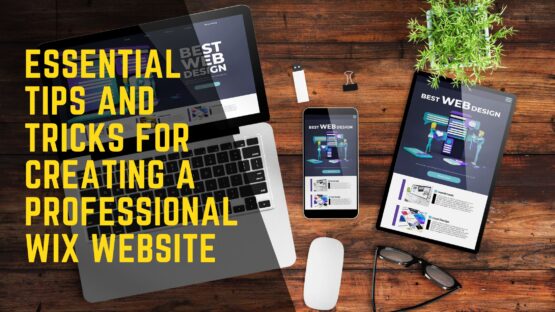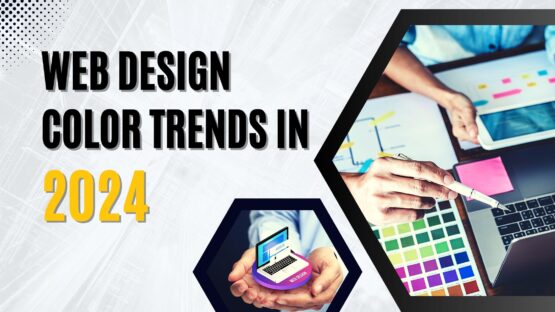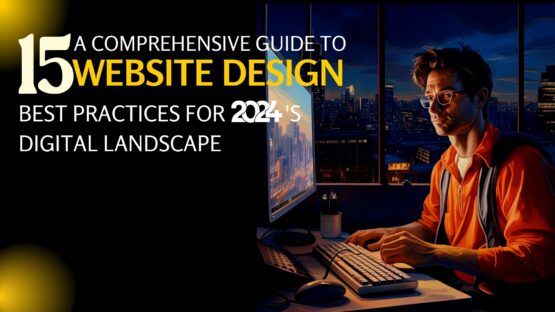Every company wants to lower its cost of operation. Web design companies are not an exception to this rule. When they adopt a new trend, they not only expect the trend to render best performance in terms of output, but also in terms of cost-efficiency.
At the outset of 2015, the design industry is busy adopting the best practices. They need to make educated and informed decision related to which design trends to follow this year. Some of the most talked about trends that are expected to make it big this year are mobile design, flat design, innovative and offbeat design, story-telling through design, etc.
All these alleged best practices highlight on the design related aspects of a website. But can they reduce the cost of operation also? That we are to find out in this article.
Mobile design
The number of people, who access the web from Smartphones and Tablets is showing no sign to halt. If the prediction of the market analysts is to believe, then the number of handheld device users will reach 220 million by 2018. Web design companies have foreseen this growth and have started to develop mobile-friendly websites to increase their profit.
Is mobile design cost-effective? Yes and no. If a company makes a desktop site compatible with hand-held devices, then it may amount to higher operational cost. That’s why, design companies are adopting the responsive design trend so a site smoothly loads across all devices. This way companies could cut down on their operational costs as the work becomes simple and uncomplicated owing to the emerge of responsive design and one designer can handle it all.
Some of the best practices pertaining to responsive design are highly cost-effective as well. One such practice is steering the site totally clear of non-essential content; another is compression of content and other elements on the site so it doesn’t become bulky. These practices are very easy to follow and trigger SEO benefits alongside design benefits.
Flat design
Flat design has an appeal that very few of us can resist. Besides, it also has the potential to emerge as a true alternative to digital skeuomorphism. The advocates of skeuomorphic design hold it allows the digital emulation of a real object and thereby preserves the aesthetic features of that object.
Problem is digital skeuomorphism requires expertise; ordinary UX designers lack that expertise and are not a dependable lot for skeuomorphic design. The reason this UX design is so complicated is its interface elements require metaphors and consume more screen space than ordinary UX elements.
Problem with skeuomorphism is that it is by and large, irrelevant. Further, it puts an end to the creativity of the designer and the functionality of the interface elements. Since skeuomorphic elements are multi-dimensional, they are not consistent with elements that are less dimensional. Alongside these shortcomings, there are plenty others. Skeuomorphism stands for preserving the dimensions of a real life object at the time of imitating it. Many a times, the imitations simply don’t make a sense.
Flat design is based on minimalism. It is informative, doesn’t endorse blind imitation and doesn’t put anything on the layout that is not in sync with other UX elements. Functional and simple illustration is what flat design is all about and adopting such design elements make skeuomorphism redundant. Subsequently, designers are spared and the design company doesn’t have to spend on design tools. Thus, flat design is cost-effective.
Storytelling through design
Telling a story about the visitors and keeping them glued to the site through design is the new trend. This is highly cost-effective and entertaining. To tell site your visitors a story, the site owner needs to put together various design elements along with videos and texts. The main crux of sharing the story of a brand with the audiences is to persuade them to become loyal to that brand.
Other than being effective for brand promotion, this practice is cost-effective as well. The designers are not working on anything fresh, they are just grouping various UX elements together to give the audiences a message.
The trends discussed above have already make their way through the mainstream design industry in 2014. But the cost-effective aspect of those trends haven’t been tapped on yet. Hopefully in 2015, they will be put to use more profusely and for better financial outcome.



